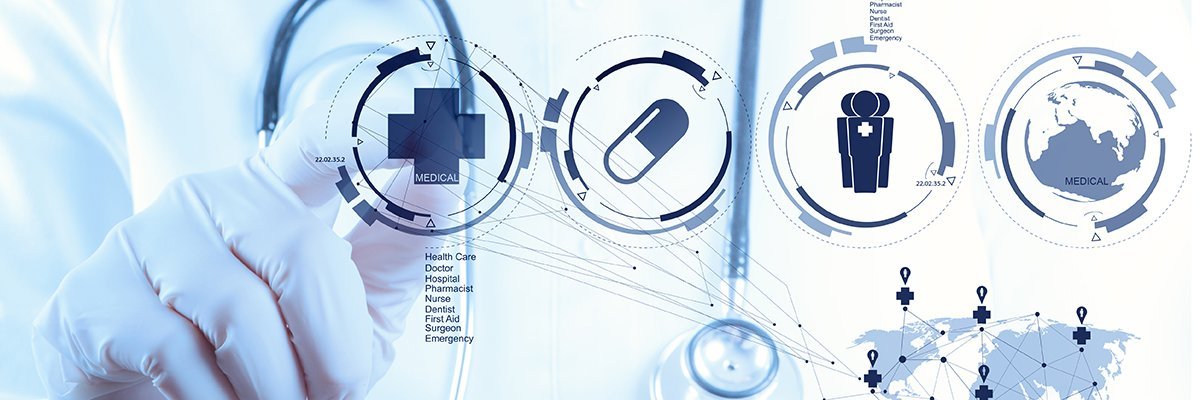hidden
Over 10 years experience of Traceability Solutions

By pharmatrax
Category: Technoloy
 No Comments
No Comments
AI in pharma: Pfizer team tries Vyasa deep learning platform
To help automatically categorize drug particle shapes, a Pfizer research team is experimenting with Vyasa, a deep learning platform for the life sciences.
Healthcare and pharmaceutical organizations more and more are using AI and analytics technologies for a wide range of applications, including predicting patient illness, suggesting types of patient care and manufacturing drugs.
AI in pharma in particular is widespread, with major American pharmaceutical companies such as Pfizer and Eli Lilly readily deploying AI technologies to streamline drug development.
Recently, a Pfizer research team has been experimenting with Cortex, a collaborative deep learning and analytics platform from Vyasa, in two pilot phases.
Piloting AI in pharma
One such test projectuses Cortex to help categorize particle shapes based on partial microscopic images of a drug substance, explained Matt St. Louis, director of data science and analytics at Pfizer.
The other pilot involved putting 15 thousand images through a deep-learning model to plot the similarities between them, St. Louis said.
Vyasa, which started in Boston in 2016, has deep learning technology specifically designed for life sciences.
Vyasa sells two products: Layar, a scalable data lake for analytics, and Cortex. Both enable access to Vyasa’s in-house analytics and deep learning tools. Chris Bouton, Vyasa’s founder and CEO, previously worked at Pfizer.
Deep learning for particle shapes
The test project of categorizing particle shapes has been a partial success so far, St. Louis said.
Numerous particle shape categories exist and the team experiences varying results based on the category as well as the image quality. Some shapes have success rates of around 90%, but others have been much less successful, he said.
“There are certainly things that could be done on the shapes that were not very well recognized,” St. Louis said.
Importance of data quality
According to St. Louis, much of the reason for the low success rates likely lies in the data quality. His boss, Vijay Bulusu, head of data science and digital innovation in worldwide research and development (WRD) at Pfizer, agrees.
“It’s a well-known fact in this field that it is less about the tools and the algorithms and more about the quality of data,” Bulusu said.
He said St. Louis has been working to get the team’s data sets in order and it’s been a lengthy process.
“Some fundamental work has to be done on the data level,” he said.
To begin with, the team was working with a finite amount of training data — simply adding more training sets could increase accuracy. Using 3D images instead of the 2D microscope images could also increase accuracy, Bulusu said.
While AI in pharma is widespread, the Pfizer team is new to using these kinds of deep learning and analytics tools, Bulusu said. He said he’s optimistic about Vyasa, though, and plans to continue using Cortex, perhaps eventually moving past a pilot phase.
While Vyasa has the potential to automate and speed up parts of the team’s workflow, Bulusu is also expecting to encounter cultural challenges. For example, employees used to doing their jobs a certain way for years might be resistant to adding Vyasa to their daily workflows or be confused by it.
But, Bulusu said, “hopefully sometime later this year we can implement that as part of the production workflow.”



